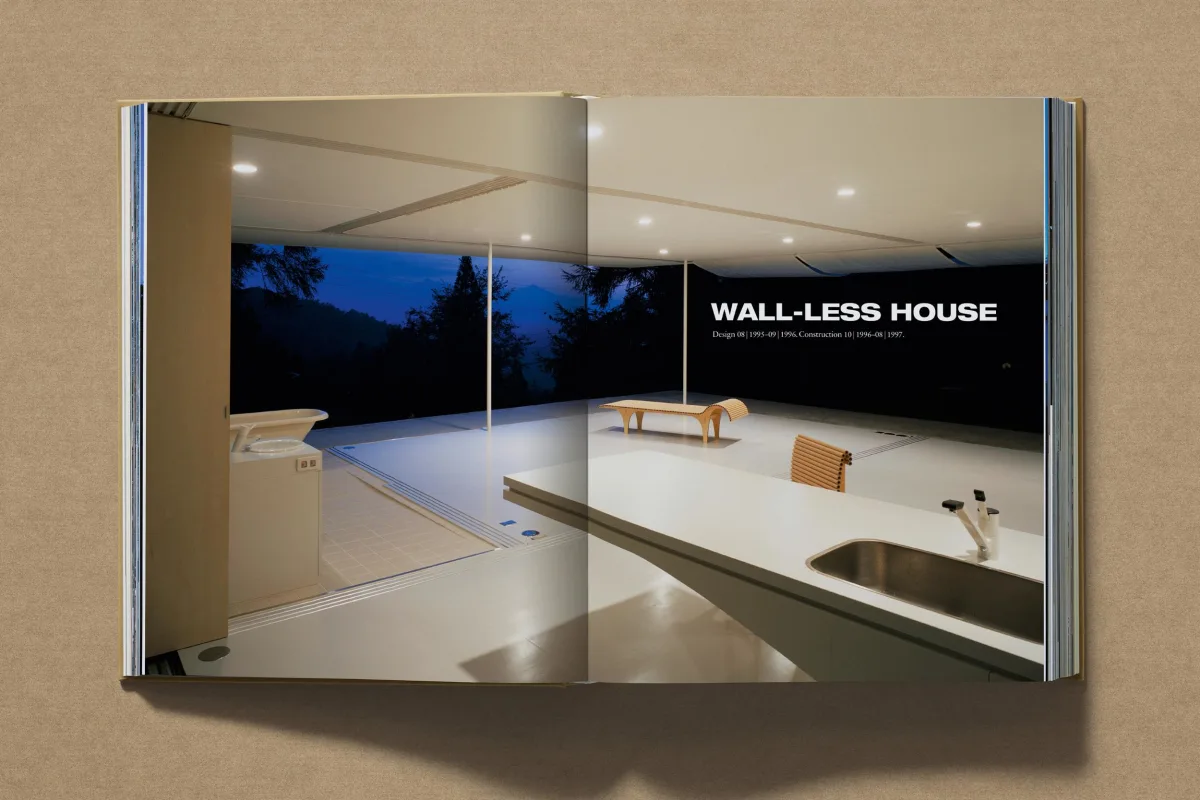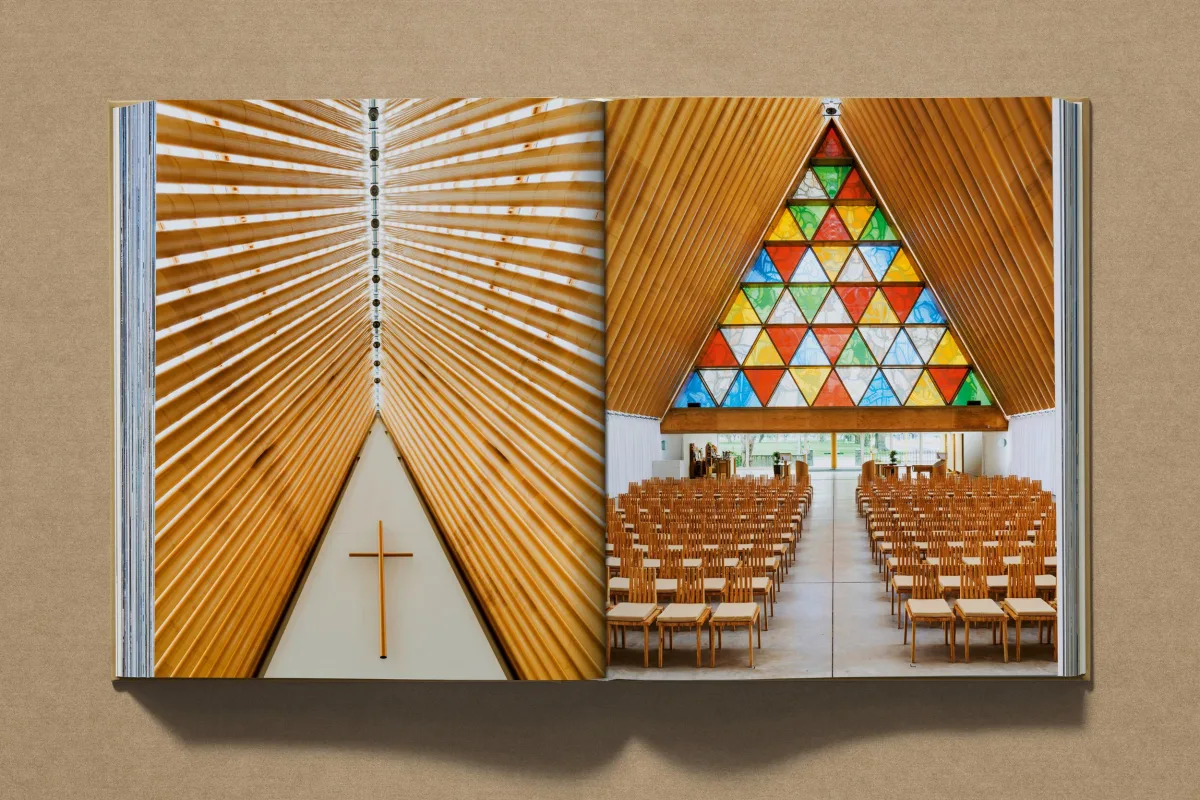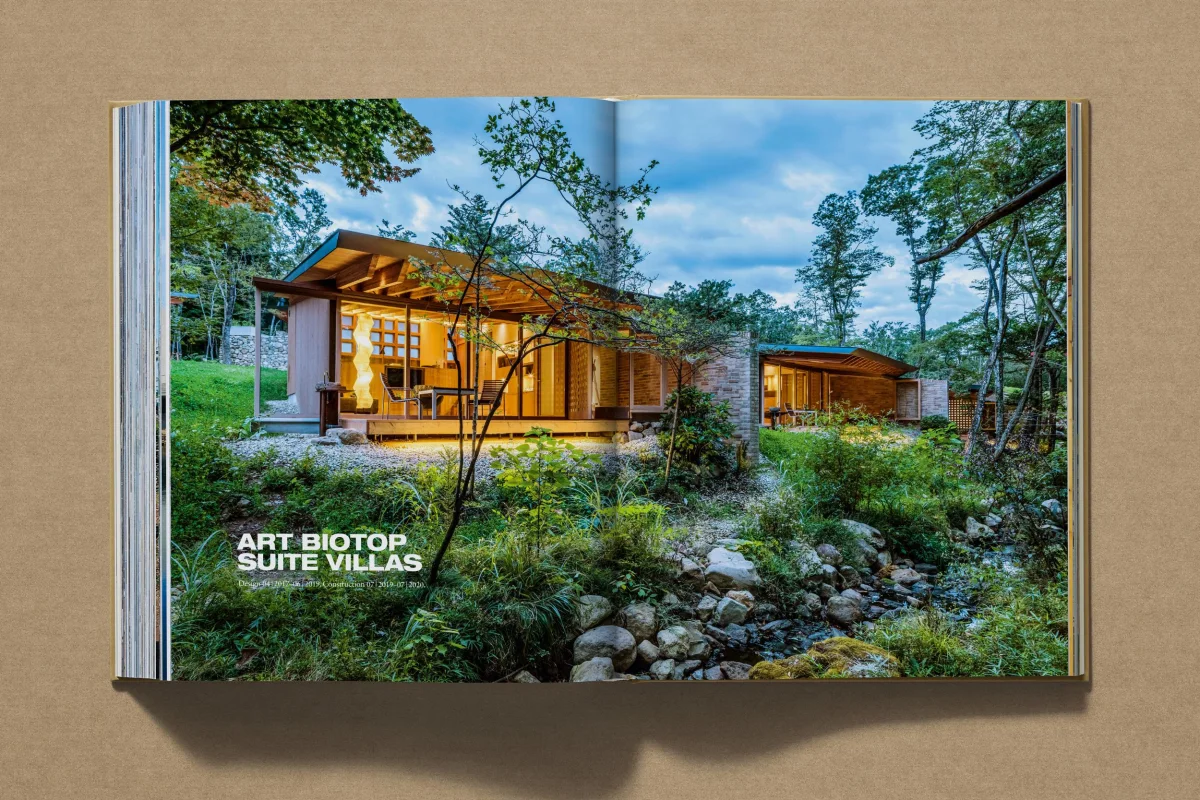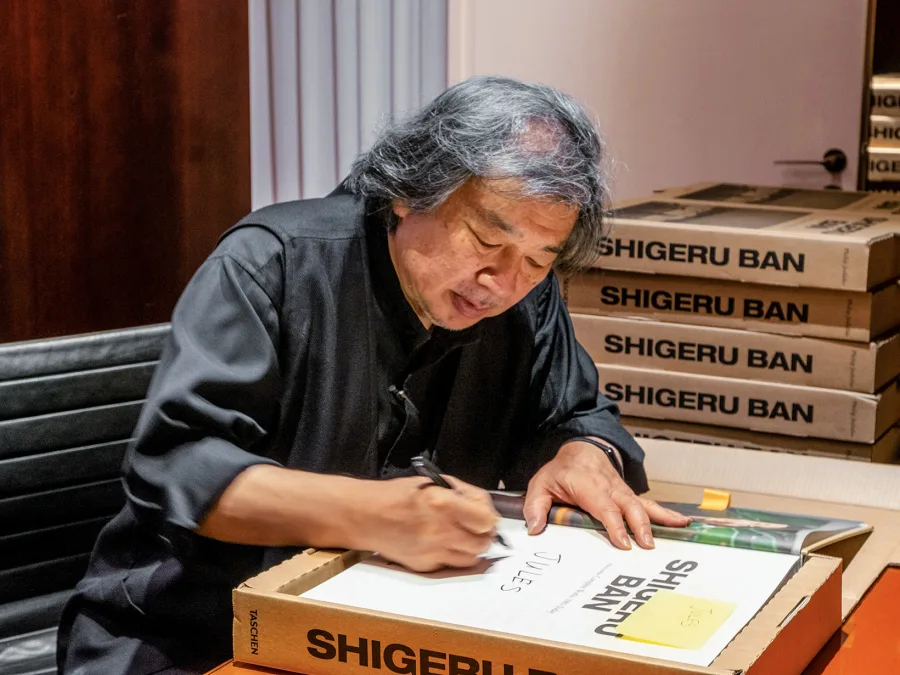Shigeru Ban. Complete Works 1985–Today
200Edition: Multilingual (English, French, German)Availability: In StockFrom Paper Tube Emergency Shelters and his Nomadic Museum built with containers to the Swatch/Omega Campus and the Centre Pompidou-Metz, discover the altruistic practice of the Pritzker Prize–winning architect Shigeru Ban, who is lauded for his “curiosity, commitment, endless innovation, infallible eye, and acute sensibility.”
“TASCHEN’s huge blockbuster… almost an architectural component in itself.”
“This monograph is more than a book: it’s a celebration of an architect who continues to push boundaries, solve problems, and inspire.”
“Ban’s imaginative aesthetic and his sustainable, functional materials are so impressive that this compilation will appeal to anyone interested in sustainability and good design.”
“Shigeru Ban’s approach embraces simplicity and change.”
“Traces the architect’s most influential works throughout the past four decades…experience Ban’s sweeping Japan Pavilion at Expo 2000 in Hanover, Germany, a colorful, translucent public restroom in Tokyo that turns opaque when in use, and a vaulted cathedral ceiling made of cardboard in New Zealand, among myriad other projects.”
“Philip Jodidio’s Stakhanovite proficiency in architectural publishing continues… another hefty tome in the time-honoured TASCHEN tradition of over-sized and XXL works.”
“All of Ban’s innovative and significant glory…”

Shigeru Ban
200Strong Structures
Beauty meets basic human needs—the architecture of Shigeru Ban
A valuable insight into the works and mind of Japanese architect Shigeru Ban. Author Philip Jodidio explores long anticipated completed buildings, new projects, and a future outlook of the studio Shigeru Ban after TASCHEN has followed his career from the beginning. This monograph is a journey through the years and evolution of an architect who made a name for himself with true architectural marvels that cannot be surpassed in innovation, elegance, and sensibility. Next to early buildings deploying paper tubes as structural elements, as well as houses that challenge as fundamental an idea as walls, like the Curtain Wall House in Tokyo and the Wall-Less House in Nagano’s countryside, we see plenty of recent versatile projects. View a two-story penthouse on top of a 140-year-old New York City landmark cast-iron house, the Swatch/Omega Campus in Switzerland, and La Seine Musicale, a concert hall inserted into an overall master plan conceived by Jean Nouvel for the island Île Seguin in France.
Ban’s work is characterized by a quest to understand buildings and a commitment to save and use otherwise discarded materials, which led him to inventive solutions and to claim the material paper as the staple for several of his projects. Along with this ambition, Ban gave a face to Japanese architecture while staying in touch with his unique architectural handwriting, allowing him to create a magnitude of projects worldwide. The Pritzker Prize-winning architect’s notoriety hasn’t kept him from devoting his talent and innovative ideas to those needing help. He has built shelters for refugees in Rwanda and Sri Lanka, and utilized his paper tube structures to quickly erect emergency accommodations in Fukushima and Ukraine in times of crisis. With his problem-solving, generous, and elegant approach, Shigeru Ban coins humanitarian architecture and keeps pushing the boundaries of his trade.
The artist
Shigeru Ban (born in 1957) attended the SCI-Arc in California and the Cooper Union School of Architecture in New York. A member of the Voluntary Architects Network and winner of the Pritzker Prize in 2014, Ban’s innovative use of recycled materials has supported humanitarian efforts around the world. He is based in his native Tokyo, Paris, and New York.
The author
Philip Jodidio studied art history and economics at Harvard and edited Connaissance des Arts for over 20 years. His TASCHEN books include the Homes for Our Time series and monographs on numerous major architects, including Norman Foster, Tadao Ando, Renzo Piano, Jean Nouvel, and Zaha Hadid.
Shigeru Ban. Complete Works 1985–Today
Hardcover, 30.8 x 39 cm, 7.40 kg, 696 pagesISBN 978-3-8365-8934-5
Edition: Multilingual (English, French, German)No reviews have been posted for this item yet. Be the first to rate this product.






























